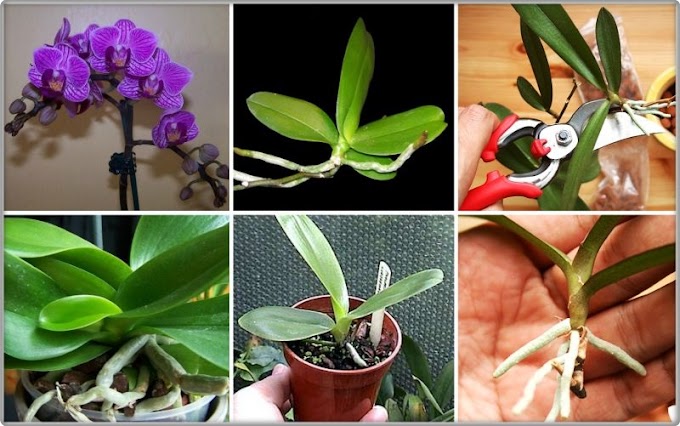In the desert landscape, Agave is unrivaled when it comes to sculptural beauty and character — and it has a bonus culinary value. Native to the southwest United States and Mexico, Agaves typically thrive in climates similar to those found there: hot and dry.
Agave parryi, also known as Parry’s Agave, Mescal Agave or Artichoke Agave, is a problem solver and a landscape gem. Its compact spread won’t dominate planting beds, and its glaucous green leaves are genus standouts. It is a spectacular succulent, cold hardy to almost 0 degrees Fahrenheit (-18.8 degrees Celsius).
Water requirement: Little to none once established
Light requirement: Full sun to partial shade
Mature size: Up to 3 feet (90 cm) tall and wide
Tolerances and environmental benefits: Drought tolerant, cold hardy
Light requirement: Full sun to partial shade
Mature size: Up to 3 feet (90 cm) tall and wide
Tolerances and environmental benefits: Drought tolerant, cold hardy
It’s easy to see how clean and compact Parry’s Agave got its nickname “Artichoke Agave”. Dusty blue leaves provide a cooling foliage foil to their usually dry and arid native landscape. Wide, fleshy leaves are topped and edged with sharp black spines, making the plant especially beautiful but potentially posing a landscape hazard. Simply site the plant out of arm’s reach if that is a concern.
Contrary to popular belief, Agaves do flower more often than once every 100 years — though not much more frequently. The plant will produce a large central stalk when nearing 20 years of age, growing up to 15 feet (4.5 m) tall with pink and yellow blooms. The central plant will die once it has finished flowering, as all of its energy has been directed toward this massive flower. Agave parryispreads through suckers, forming subsequent Agave colonies that will continue to grow once the parent plant dies.
Planting Notes
Native to regions in Arizona and northern Mexico, Parry’s Agave is one of the most cold-hardy species of the Agaves, giving gardeners in other regions the opportunity to grow these living desert sculptures.
Partial to gravelly and rocky climates, Agave parryi thrives in well-drained soil and is tolerant of high elevations. It grows in full sun and partial shade. As with most Agaves, there is relatively no additional maintenance required once it’s established. To avoid root root, don’t overwater. Be sure to remove the dead parent plant once it’s done flowering so the successive colonies will continue to grow.




